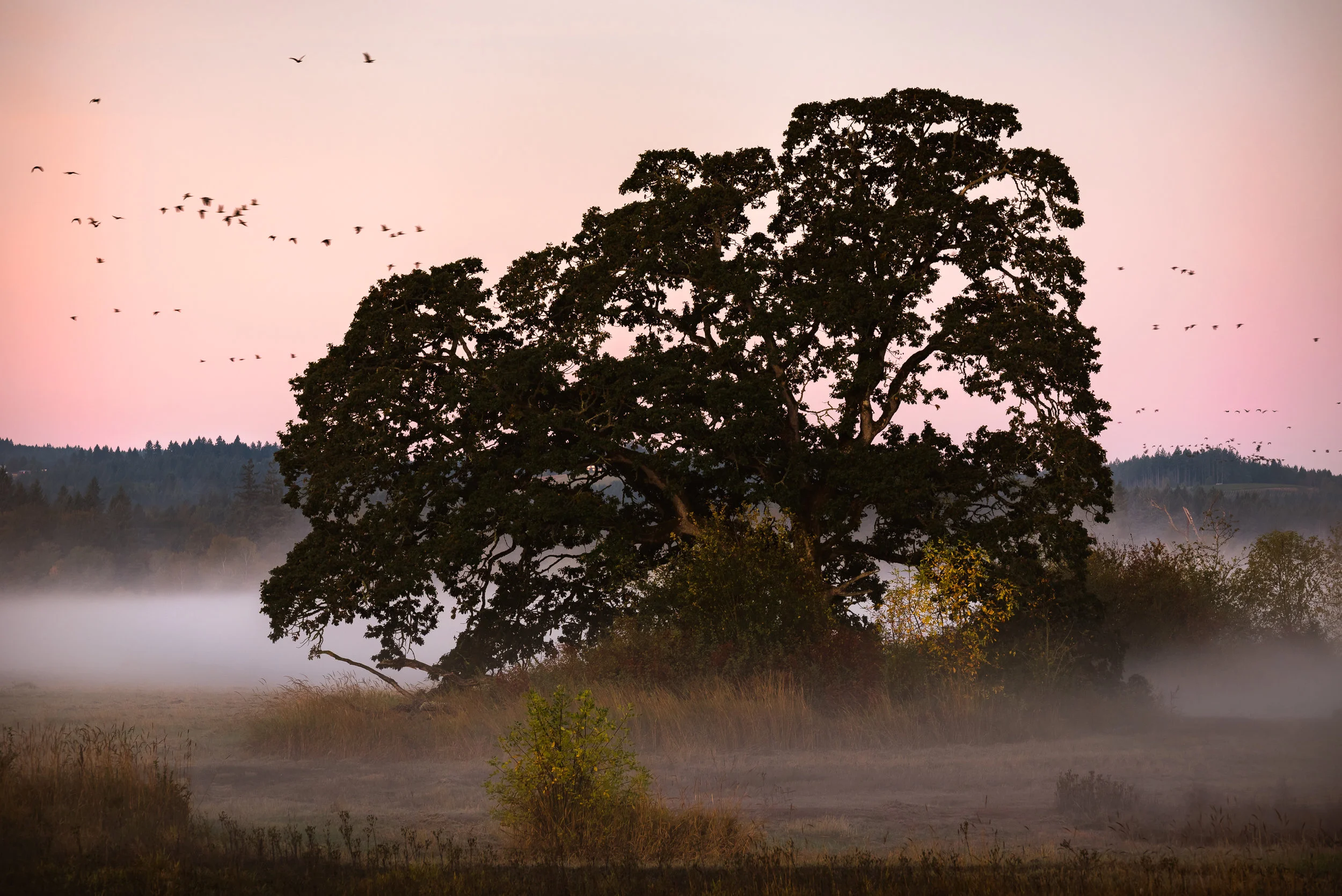As a landscape photographer I love to get out into nature and capture its beauty. I then enjoy editing the image once home to fit my vision of how it looked. Sharing those moments I capture is something that comes naturally to me as a third part to the creative process.
Does it really matter where this was taken?
Now, I have been sharing images and the locations of those images over the last 4 years of my journey. It never occurred to me as a problem until I opened my eyes to what was going on outside of the bubble I had been living in. It isn’t just a problem, it is a big problem in the community!
I am not here to tell anyone what to do when it comes to sharing locations. It is my goal, however, to bring awareness to what happens when you share an image of a location geotagging the spot and telling how to get there. As going on adventures, hiking, and (let’s be honest) the hunt for the ‘perfect’ instagram grows ever more popular there is an increase in foot traffic on trails.
It is a great thing to see in a lot of ways because being in nature is a valuable experience I think many more should be involved in. The problem is that there are locations in nature not prepared for the level of attention they are getting now, and if you think a pretty image on Instagram isn’t contributing to the problem let me show off a few case studies.
Tunnel View made popular by Ansel Adams has a large parking lot and viewpoint. Thousands of people shoot this spot annually.
First, a famous photographer you might have heard of is known for bringing larger levels of traffic into locations. He photographed places like Yosemite, Grand Teton, and Death Valley making the locations famous. The black and white photographs went everywhere popularizing specific parts of nature like never before causing parking lots to be created next to where he shot many of his images. Ansel Adams made locations in nature insanely popular in a time before the internet and social media.
In today’s world, we can share images of a location with hundreds if not thousands of people in a few taps minutes after capture. The barrier to entry for advertising these locations has become so low and the ease of finding out how to get there takes even less work. The Broccoli tree is another case study we can look at to see how sharing a location can end up having a major impact
This is not 'the' Broccoli Tree, but it is one I quite like and would prefer not get cut down by someone irresponsible.
The Broccoli Tree in Sweden started out as an art project by one person (Patrik Svedberg) because it looked unique. It used to be just another tree before Instagram popularized it. A whole account was made around the tree documenting it in various seasons and events. People started to go out of their way to see this tree. Then, one day, it all came to a crashing halt as someone cut the tree with an axe. It wasn’t cut down immediately, but the tree couldn’t hold up any longer and was removed shortly after. You can watch a very good video about it here: 'The Broccoli Tree: A Parable' by the Vlogbrothers.
Bringing popularity to locations through photography can have irreversible impacts on the land. Being mindful about this and understanding how we impact nature through the sharing of locations can help to protect their existence into the future. Preservation through making it more difficult to get there might help. While not always popular, it can weed out those who don't want to put in as much time and effort researching locations to go to.
I choose to not share the specific locations of most of my images because of two reasons. For one, it isn’t that important where I placed my tripod from an art perspective. It is my hope that my photos for the most part stand as an artistic interpretation of a location not just a documentation of it. This leads into the next part which is that even if the image is of something iconic it isn’t difficult to find out where anymore. If I could figure it out on my own so can you! It is more rewarding to do research and work for it anyways.



